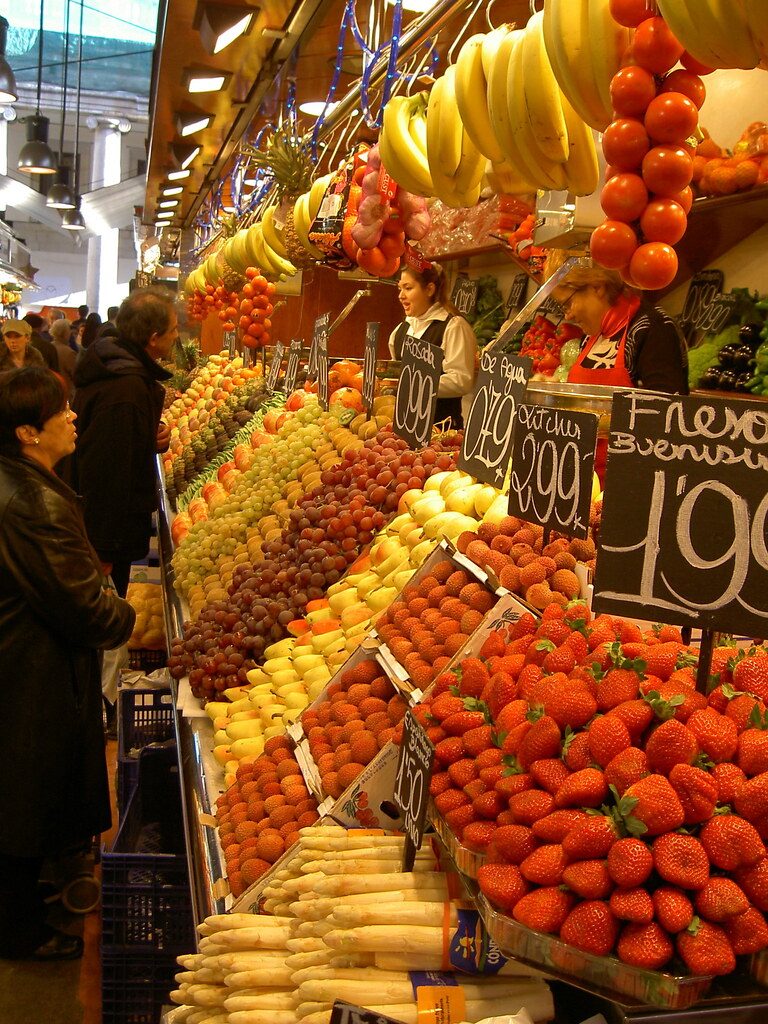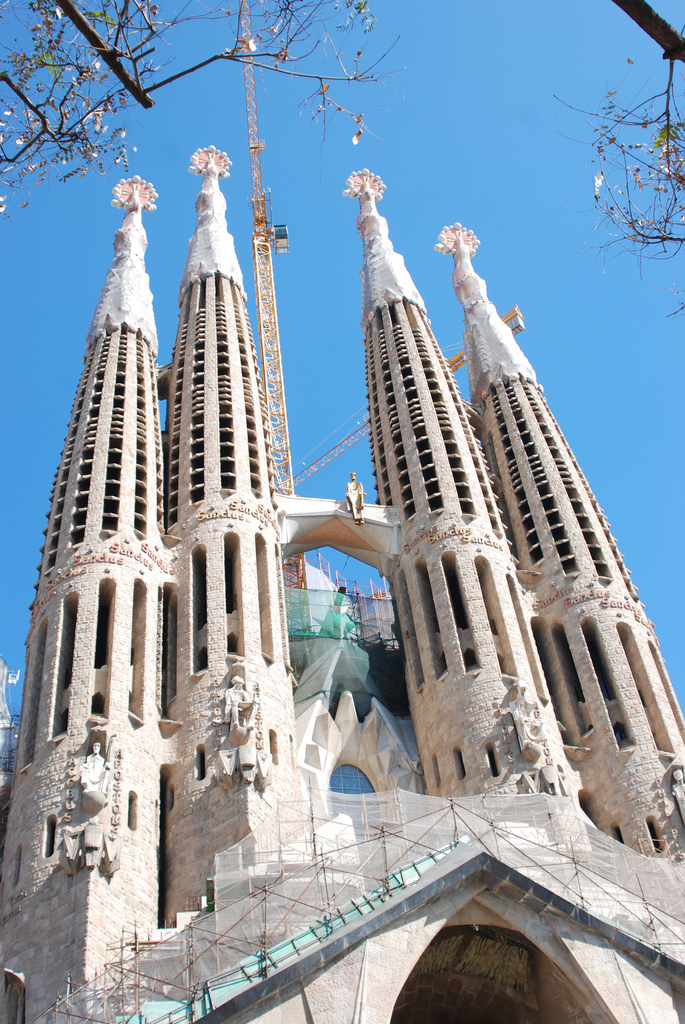Aug-2013
What is Life Like in Spain for an Expat?
Barcelona is one of the largest cities in Europe. It attracts many expats to the city with its vibrant culture and social scene every year. Here are a few questions and answers to help anyone who might be considering a move to live and work in Barcelona.
What is the culture of Barcelona like?
The culture here is very old, and even though it is such a large city, many locals are not used to outsiders. To foreigners, the people of Barcelona can seem somewhat unfriendly at first, but once you gain their trust, it is possible to form sincere and genuine relationships with the locals. (Read about the “San Jordi’s Day in Barcelona“)
How is the job market?
Although there are jobs, such as teaching English, the economic slump hit the city pretty hard. The unemployment rate is high. In order to work legally, a company must sponsor your visa, which can take a lot of time to process. Speaking Spanish or Catalan definitely helps. But it is definitely possible to get a visa and a job, if you are willing to be persistent.
There are more tech companies moving into the area, so it is possible for Spanish or Catalan-speaking expats to get higher-paying jobs in that industry. If you are bilingual and have another job skill, look for international companies that have a higher record of hiring from outside the country.
What about the cost of living?
Unfortunately, the cost of living in Barcelona is not cheap, and keeps going up. Salaries are comparable to the rest of Spain, and they stay pretty low.

Photography by Féron Benjamin
Some expat families are returning to their home countries because they cannot find jobs or make ends meet.
That being said, the cost of living depends a lot on your standards. It is possible to live on 1,000 Euros per month, which is about what English teachers make. People with professional or technical degrees may make twice that. However, everyone’s standard of living is different. At 1,000 Euros per month, for instance, you may have to live in a tiny studio or share a room. Your lifestyle will change, so your expenses will be different. For example, you can easily do without a car. And you may spend more time socializing with locals and other expats, instead of paying for cable or TV.
How is the food and nightlife?
The city has seven million people, and offers just about anything you could want. There are museums, plays, bars, clubs, parks, and everything in between. There are cozy Spanish neighborhood bars or giant parties, and there is something to do every night of the week.

Photography by iphilipp
If you are looking for live music, you can find techno, classical, jazz, blues, rock and roll, and so forth.
Regarding food, there are fresh produce markets in every neighborhood. You can find great restaurant food for under five Euros, at tapas or bistronomias, or go all out and eat multi-course meals for over 50 Euros. The local cuisine is a mix of Mediterranean and native Catalonian dishes, which include a lot of rice and seafood.
Any other things to keep in mind?
The biggest challenge when moving here will be integrating into a new culture and way of life. Barcelona is a large, international city, but it also has its own pace of life and way of doing things. And remember that settling in will not always be easy. Some people have had to push through hard times in their first year, but if you stay optimistic and patient, you will be able to settle into a life here.
Making Madrid Your New Home
If you are an expatriate choosing to make your home in Madrid, you have chosen wisely. Madrid is a beautiful city, steeped in the rich history and culture of Spain. While it is an extremely inviting place to live, you are sure to have many questions. Settling in a new place, far from friends, family, and all that you are familiar with, can be overwhelming. Embrace your new surroundings, be educated, and reach out to all of the resources that are available for new residents in the Spanish capital. Use the following questions and answers to provide you with some helpful information as you become accustomed to your new city.
How much does it cost to live in Madrid?
When it comes to renting an apartment, prices range anywhere from 800 Euros to 1400 Euros. They vary depending on the size of the apartment and, of course, the location. Apartments within the City Centre will tend to cost more than apartments in an outlying areas. You’ll want to determine what will best suit your needs. If you need to be close to work in the city, it may be easier for you to choose a location that is nearby. Utilities run about 100 Euros a month. Renting may be the best way to start off until you become established and have a better feeling for the area. If you know you are there to stay, then you can consider buying a house. Housing prices vary greatly, from as low as 40,000 Euros to 10,000,000 Euros. You can certainly find a home to match your lifestyle if you’d like to invest in a home.
What are attractions in Madrid?
Madrid is chock full of attractions. The Museo Nacional Centro de Arte Reina Sofia, Museo del Traje and the Museo del prado are popular, cultural attractions. You’ll also want to visit the Plaza Mayor, the Royal Palace, the Temple of Debod, and the Plaza de Cibeles. Take advantage of tour guides in the area or map out your own travels as you explore your new city.
Where is the best place to shop for food in Madrid?
Rather than rely on supermarkets, opt for fresh products in the food markets of Madrid. The Mercado de San Miguel is close to the Plaza Mayor and is the city’s oldest, covered market.
You’ll find an excellent selection of fresh produce, meats, fish, coffee, wine, cheese, and other items. There are also many tapas and cafes in the area.
Venture to the Mercado de Charmartin, a two-floor establishment that offers a broad selection of Spanish foods. The Mercado de Maravillas is popular for fresh seafood, produce, and exotic herbs.
What can I do for nightlife in Madrid?
You’ll find a wide variety of clubs and bars, like Cardamomo Tablao Flamenco and Casa Patos, Flamenco en Vivo. Las Tablas, Café Central, and La Boca del Lobo. La Coquette, El Junko Jazz Club, and Galileo Galilei name only a few others.
What’s the best way to get around in Madrid?
Madrid has excellent transportation by way of bus and metro. Many choose the rail for local and long distance travel as well. You can always hail a taxi. Barajas International Airport makes air travel a breeze.
How do I become a Spanish citizen?
If you decide to become a citizen, you will need to live in Spain for ten years. You will need to be fluent in the language, in speech and writing. You can then fill out and submit a citizenship application.
Miki Mo
Latest posts by Miki Mo (see all)
- Important Things you Need to know Before Donating Eggs - October 2, 2023
- How to Manage the Compensation Money you Receive from Personal Injury Settlement - September 10, 2023
- Tips and Tricks to get Maximum Compensation after Facing a Car Accident - September 1, 2023





Leave a Reply